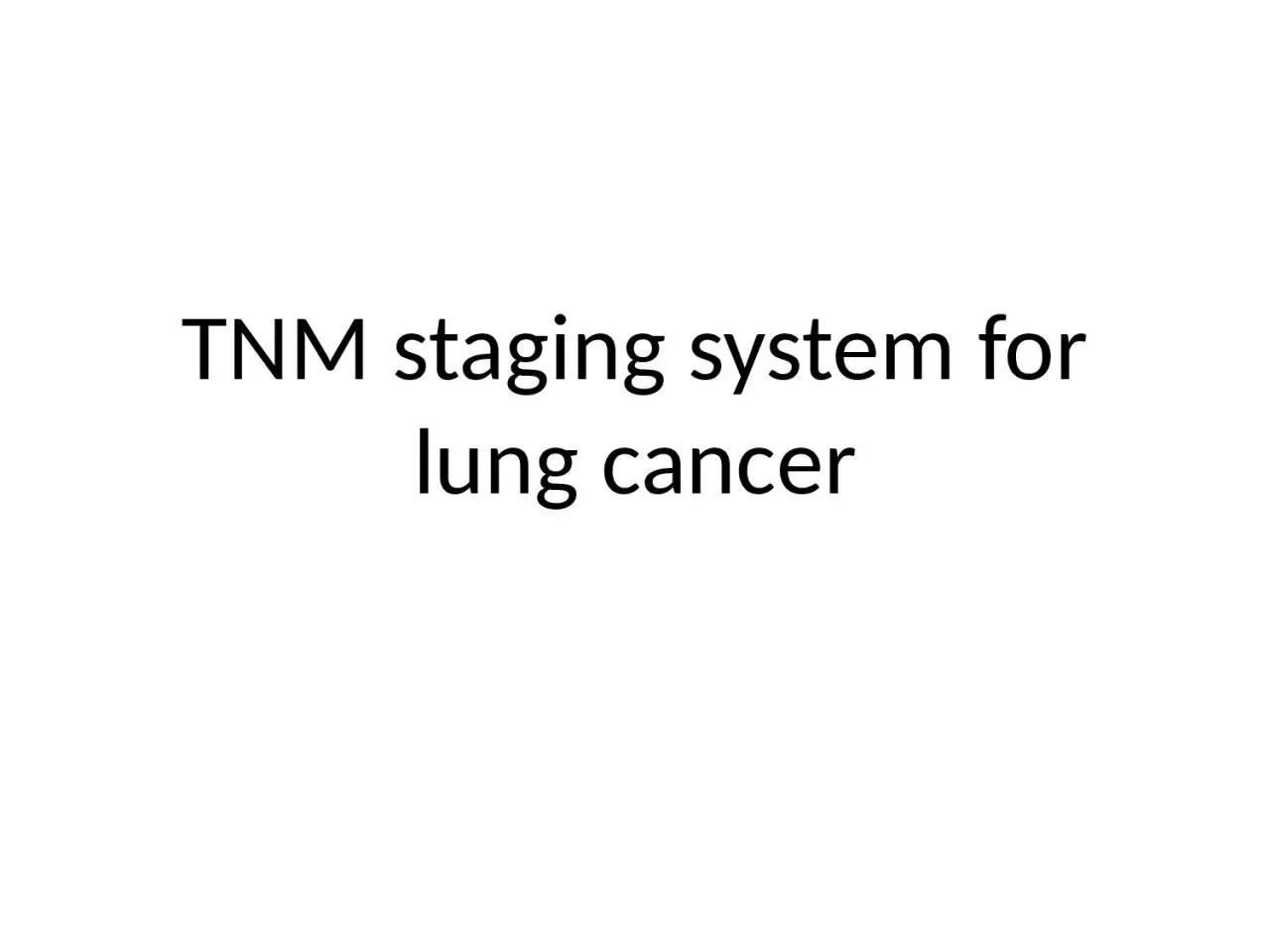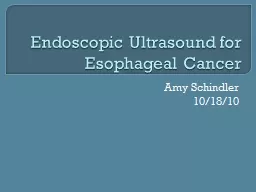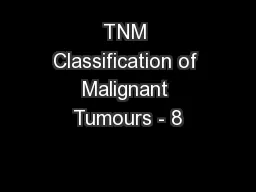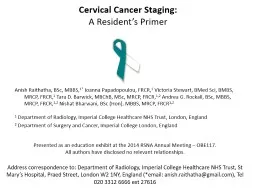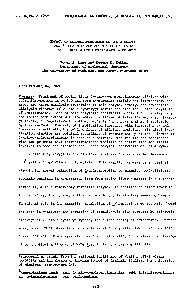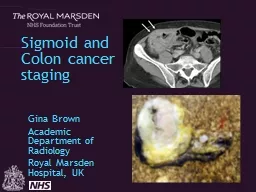PPT-TNM staging system for lung cancer
Author : lam | Published Date : 2024-01-03
The Eighth Edition Lung Cancer Stage Classification Frank C Detterbeck CHEST 2017 1511193203 P urpose E xtent of disease Assist in treatment decision Prognostic
Presentation Embed Code
Download Presentation
Download Presentation The PPT/PDF document "TNM staging system for lung cancer" is the property of its rightful owner. Permission is granted to download and print the materials on this website for personal, non-commercial use only, and to display it on your personal computer provided you do not modify the materials and that you retain all copyright notices contained in the materials. By downloading content from our website, you accept the terms of this agreement.
TNM staging system for lung cancer: Transcript
Download Rules Of Document
"TNM staging system for lung cancer"The content belongs to its owner. You may download and print it for personal use, without modification, and keep all copyright notices. By downloading, you agree to these terms.
Related Documents

